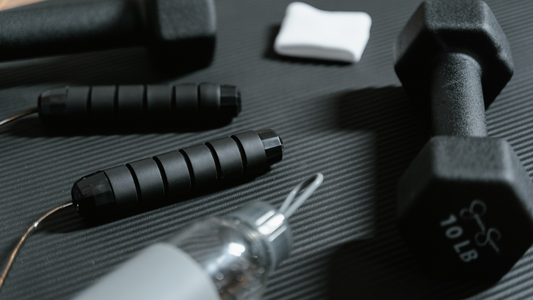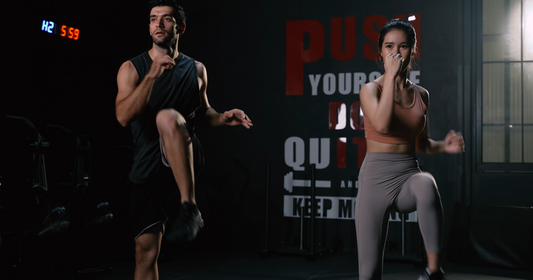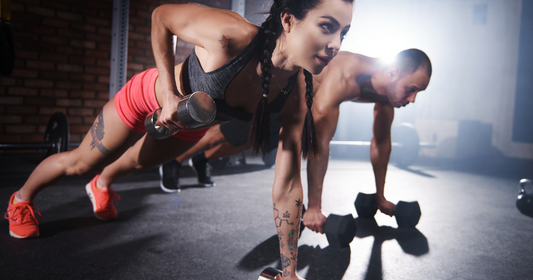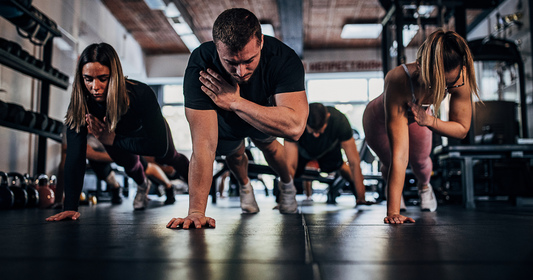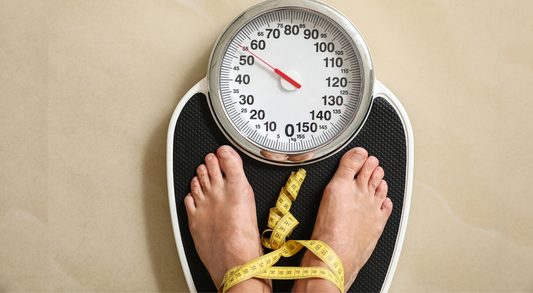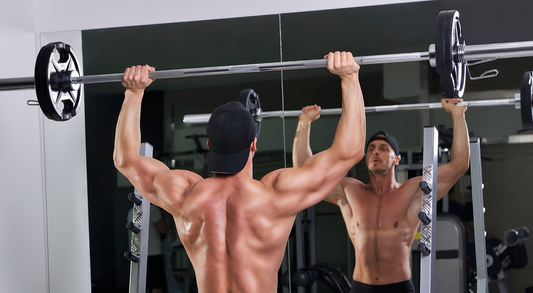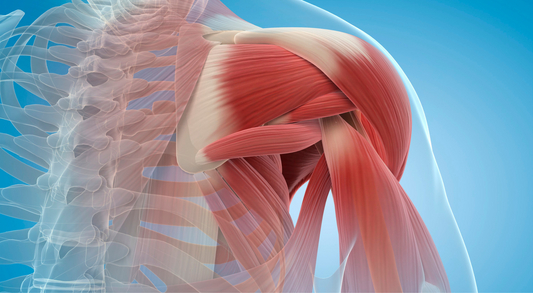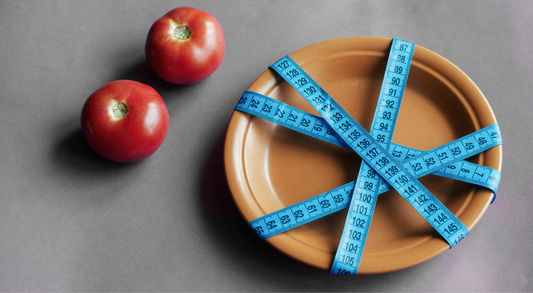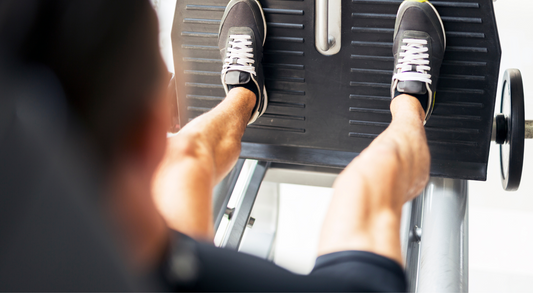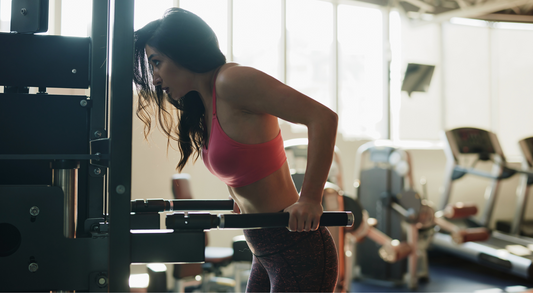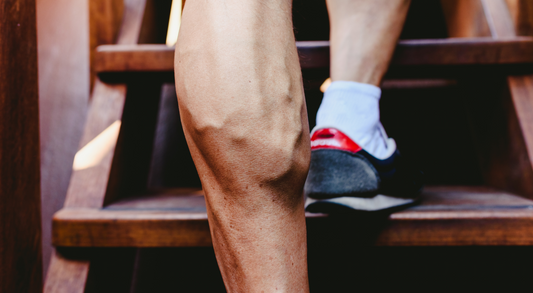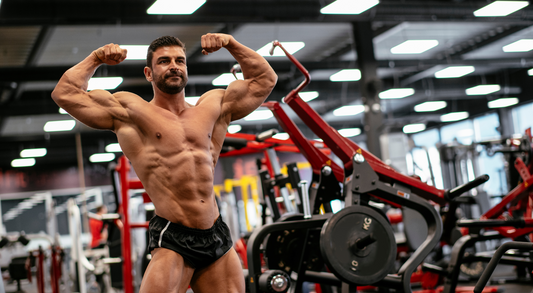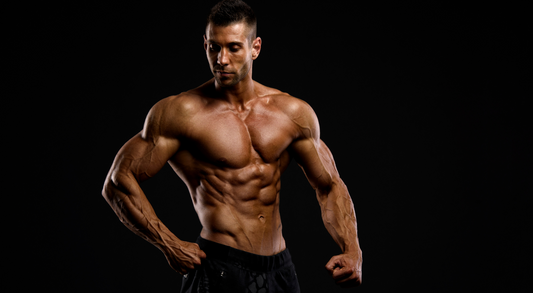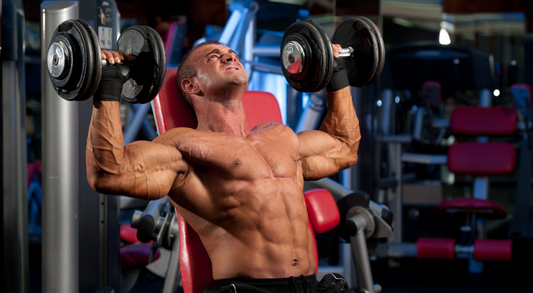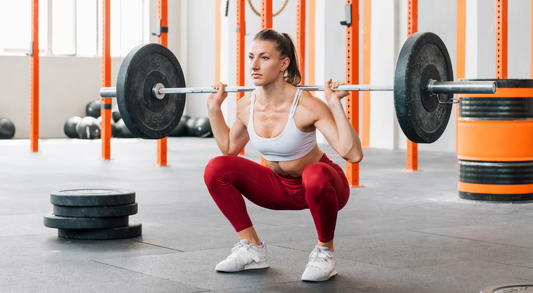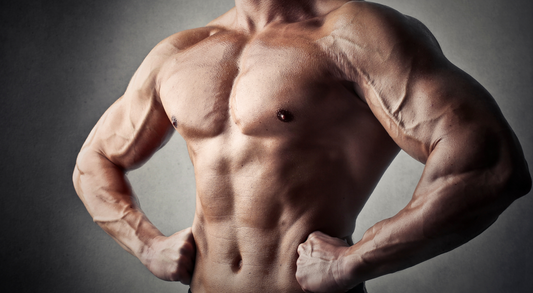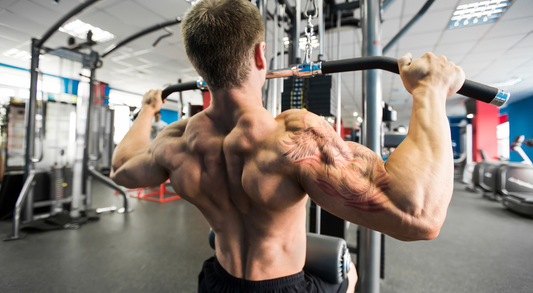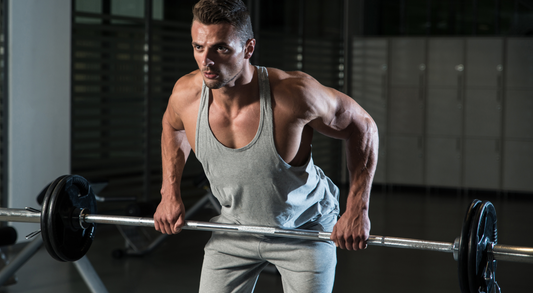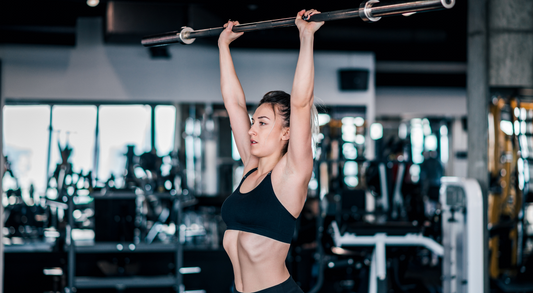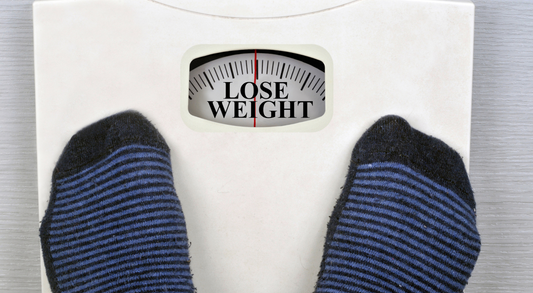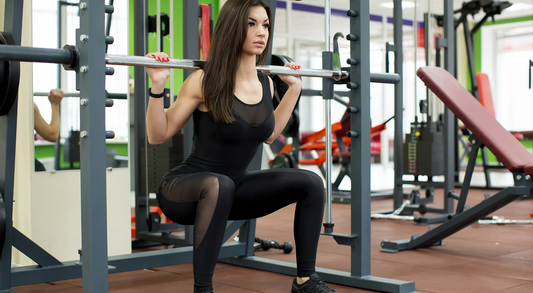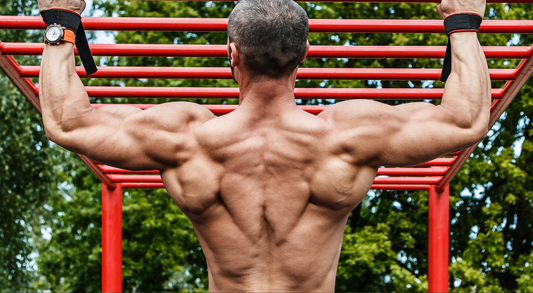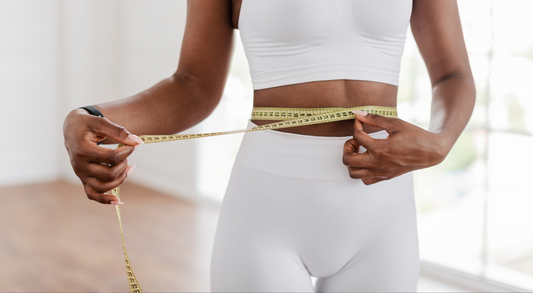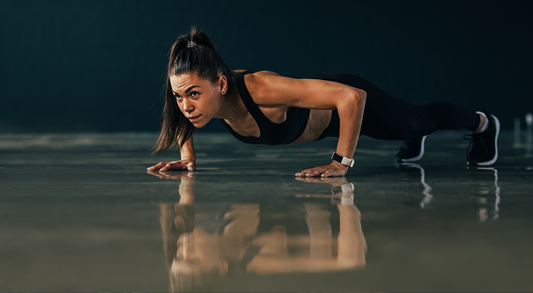Knowing how to incline bench press correctly is more than just about building a muscular upper body. It's also a means of promoting a healthier shoulder complex, reducing the risk of injury that could sideline your fitness journey. The incline bench press is a powerful exercise targeting your upper chest and shoulder muscles. However, improper form can lead to shoulder discomfort and potential injuries. Therefore, it's crucial to understand the proper way to perform this exercise.
Understanding the Incline Bench Press
The incline bench press targets the clavicular head of the pectoralis major, also known as the upper chest, more than the flat bench press. This exercise also works your anterior deltoids, triceps, and back muscles, promoting balanced upper-body strength and muscle growth.
Setting Up the Incline Bench
Choose Your Incline: Set the bench to an incline of 30-45 degrees. The exact angle will depend on your specific body mechanics and comfort.
Seat Height: Adjust the seat height so that your feet are flat on the ground, providing stable support.
Grip Width: As a general rule, your hands should be just wider than shoulder-width apart. This position allows for maximum chest activation while minimizing strain on the shoulders.
Barbell Position: The barbell should be directly above your eyes when at rest on the rack.
Executing the Lift
Unrack the Barbell: After setting your grip, lift the barbell off the rack, keeping your arms fully extended.
Lower the Barbell: Lower the barbell to your upper chest, making sure to keep your elbows slightly tucked in to prevent shoulder strain.
Press Upwards: Push the barbell up and slightly back towards the rack, keeping your body stable and your feet on the ground.
Preventing Shoulder Injuries
Preventing shoulder injuries when incline bench pressing comes down to these key points:
Proper Form: Always keep your form in check. Ensure your elbows are slightly tucked in, not flared out, and your shoulders are firmly planted on the bench.
Warm Up: Warm up before starting your incline bench press workout. Stretch your chest and shoulder muscles and do a few light-weight sets before loading up the bar.
Progressive Overload: Don't rush into lifting heavy weights. Gradually increase the weight you lift to avoid sudden stress on your shoulders.
Building a Balanced Workout Routine
The incline bench press shouldn't be the only upper body exercise in your routine. Incorporate other exercises like rows, lateral raises, and pull-ups to work all the muscles in your upper body and create a balanced, injury-resistant physique.
Powering Up Your Workout Safely
Learning to incline bench press correctly can significantly boost your upper body strength and muscle growth while minimizing the risk of shoulder injuries. Remember, the aim is not just to lift heavy weights but to do so with proper form and progression. Always listen to your body and adjust your routine as needed to keep your fitness journey safe and effective.
If you're looking for a high-quality bench to start your incline bench press journey, check out our recommended product. It offers versatile settings to suit various workouts, including the incline bench press. Happy lifting!






